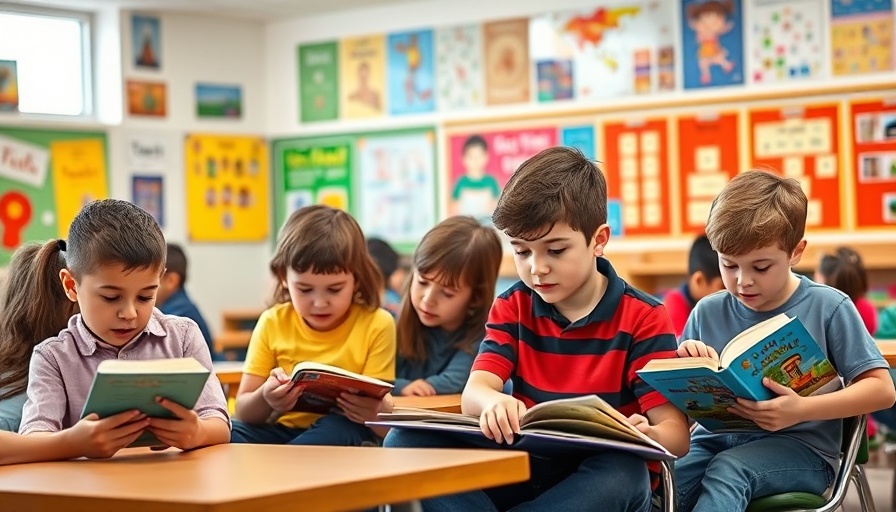
Reading Report Reveals Alarming Learning Crisis for South Africa’s Children
Recent findings from the 2030 Reading Panel highlight a dire situation in South Africa’s early-grade reading capabilities, emphasizing an urgent need for reform. Despite government commitments and significant efforts, the statistics reveal that the majority of learners are struggling to read effectively—the situation underscoring a national crisis in literacy.
Statistics that Speak Volumes
The report indicates that a staggering 80% of Grade 3 learners cannot read meaningfully in any language, which alarmingly echoes findings from multiple assessments over the years. For instance, both the South African Systemic Evaluation (SASE) and the Southern and Eastern Africa Consortium for Monitoring Educational Quality (SEACMEQ V) have shown persistently low literacy rates, with only 20% of Grade 3 learners performing at or above grade level in their home languages. The challenge intensifies in Grade 4, where 81% of learners struggle with reading comprehension—an essential skill for their academic future. The statistics indicate a significant gap in learners' abilities that need urgent attention.
Teacher Preparedness: A Double-Edged Sword
While there's been notable improvement in teacher competencies, especially in reading, the discrepancy in mathematics skills poses a significant challenge. SEACMEQ V reported that the percentage of Grade 6 teachers performing at high levels in reading jumped from 64% in 2013 to 94% in 2021. However, only 32% of teachers reached the highest competency in math, raising concerns about the coherence and effectiveness of teacher training programs.
Building Back After COVID: An Opportunity or a Challenge?
The post-COVID landscape presents both a challenge and an opportunity, as educational interventions like the Western Cape Education Department’s Back-on-Track (BoT) program reported improvements of up to 195 schooling days in Grade 4 language learning after just a few intensive sessions. This remarkable progress raises questions about the effectiveness and scalability of such interventions across the country, especially for learners who missed systematic remediation. What happens to students who haven't benefitted from such programs? There is an urgent need for comprehensive strategies targeting not only those who attend schools in more affluent areas but also learners in under-resourced environments.
The Financial Burden: Unfunded Mandates
Unfunded mandates for early childhood education (ECD) and Grade R programs are projected to require significant financial resources—estimated at R18 billion. This raises doubts about the education department’s capability to address rising needs without a strategic funding plan. The education system finds itself at a crossroads, needing investment not only in teaching capabilities but also in classroom resources to ensure substantive learning outcomes.
Reforming Curriculum for Lasting Change
The 2030 Reading Panel advocates for a more robust approach to curriculum reform and early-grade reading initiatives, emphasizing the importance of providing adequate resources and standardizing reading assessments across the board. Without a systematic overhaul focused on proven strategies and community involvement, many learners will continue to face challenges that hinder their potential.
Urgent Call-to-Action
It’s clear that waiting for gradual improvements is no longer viable; instead, a nationwide commitment to implementing new literacy initiatives, boosting teacher training, and intelligently allocating resources is critical for ensuring that every child in South Africa can read for meaning by the 2030 deadline. This plan aligns well with the World Bank's report, which identifies educational transformation as essential for driving inclusive growth and combating inequality.
Conclusion: Changing the Narrative
As education stakeholders, it’s essential that we redefine how we approach early-grade learning. A unified strategy focusing on curriculum reform and effective training models is vital. Parents, educators, and policymakers need to come together to create environments where literacy can flourish. Only then can we hope to change the narrative surrounding education within South Africa, ensuring a brighter future for our children.
 Add Row
Add Row  Add
Add 


Write A Comment